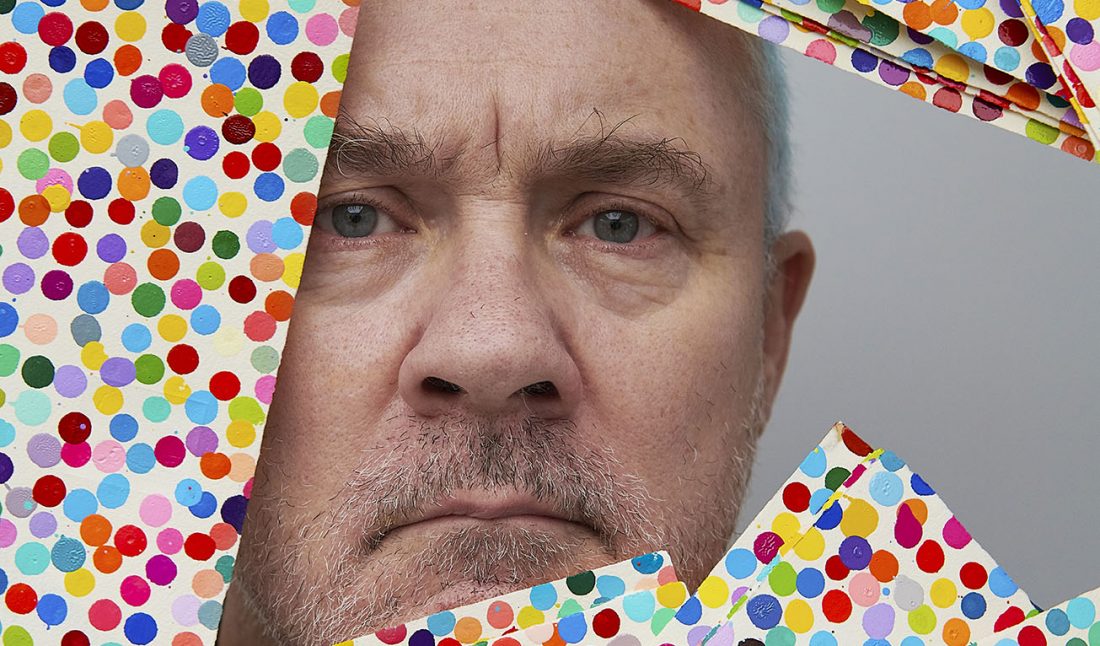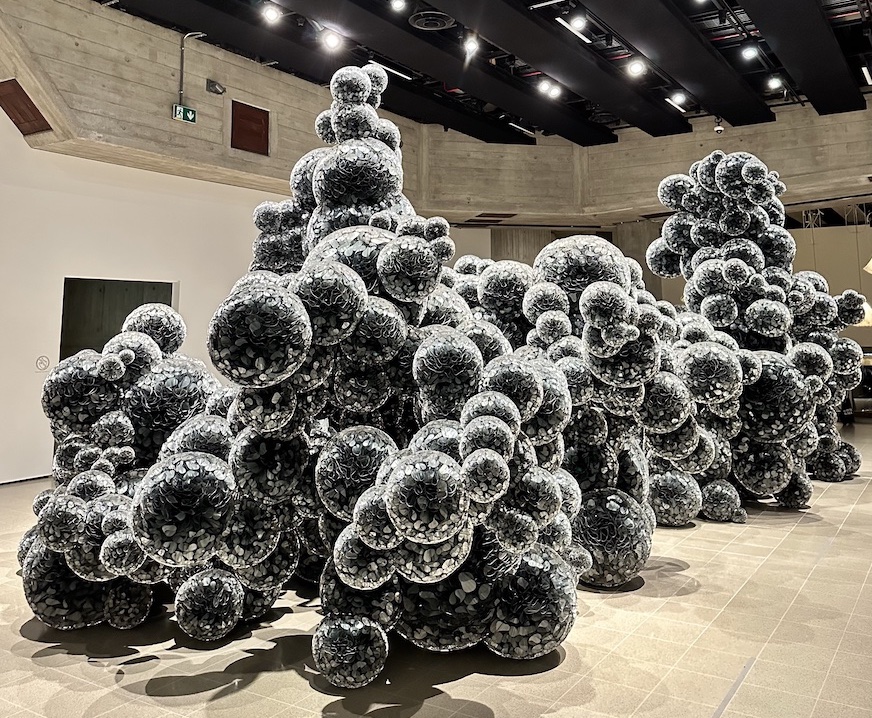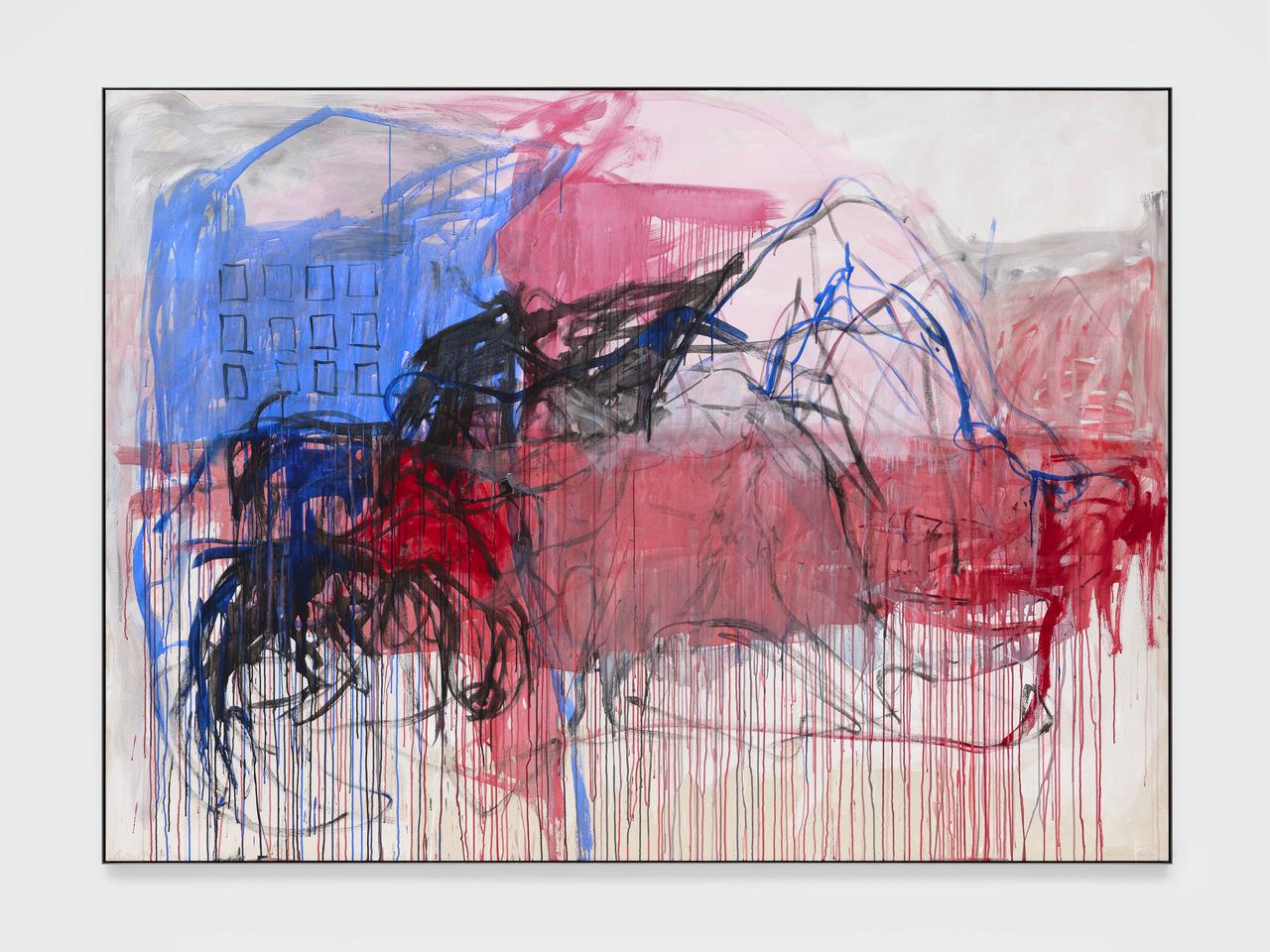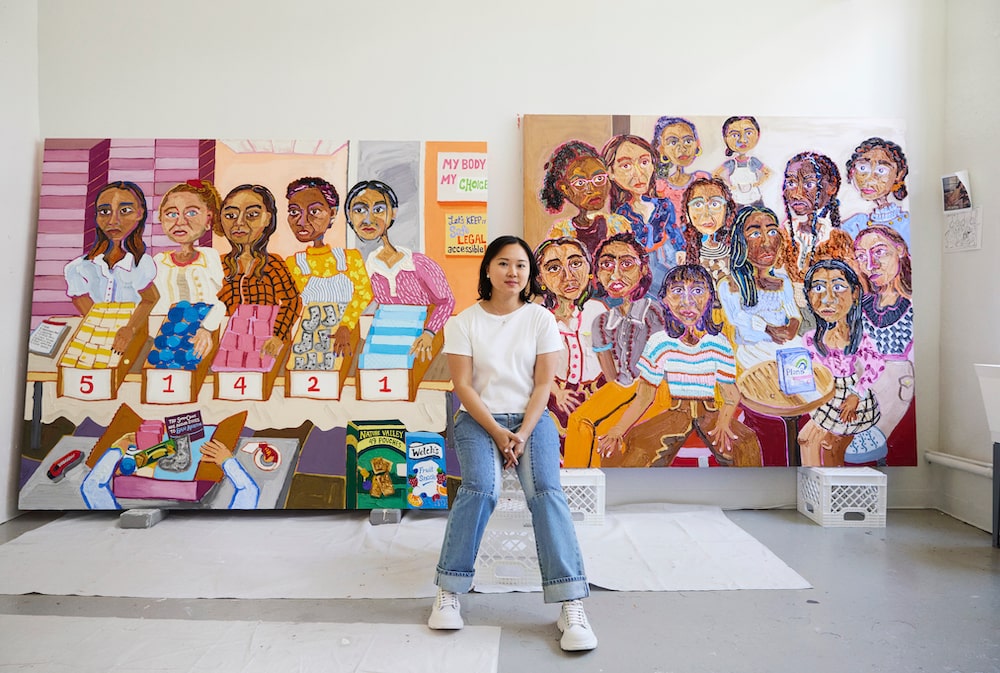On September 23, Damien Hirst’s “The Currency” will be unveiled at Newport Street Gallery in London and on view through October 30. In a collaboration with HENI—the cutting-edge international art services—and the Palm blockchain, the artist will present 10,000 NFTs, which correlate with 10,000 original artworks. During the participatory event, collectors may buy, hold, sell, and exchange the artworks, part of the artist’s “Color Space” series. Throughout the run of the exhibition, 4,851 artworks will be burned at specific and publicized times. During Frieze Week, on October 11, Hirst himself will burn his own works in the gallery. “The Currency Chronicles” will sketch out the experiential show and be launched during the presentation.
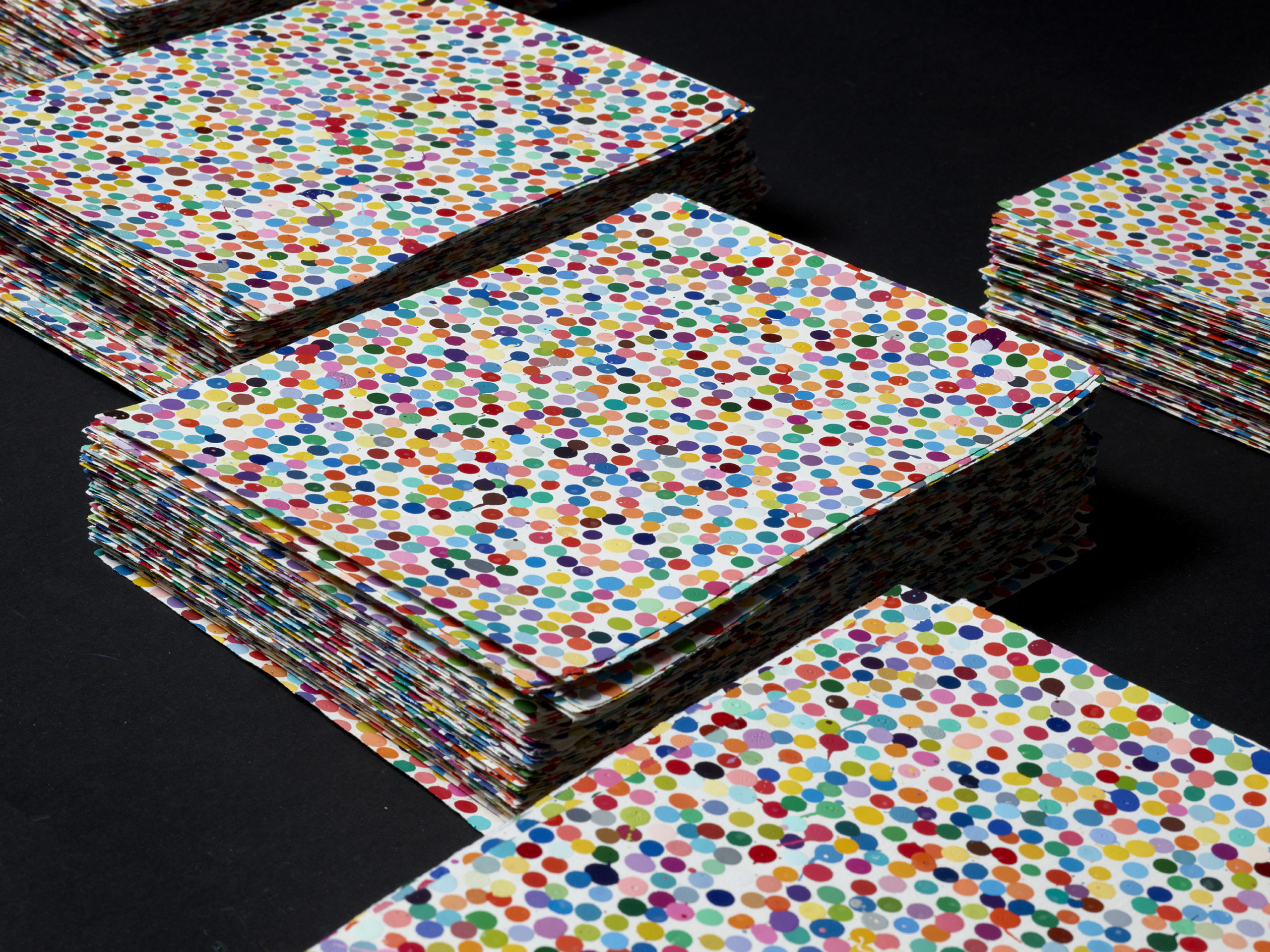 The Currency artworks, 2021; © Damien Hirst and Science Ltd., All rights reserved, DACS 2022, photo by Prudence Cuming Associates Ltd., courtesy of the artist.
The Currency artworks, 2021; © Damien Hirst and Science Ltd., All rights reserved, DACS 2022, photo by Prudence Cuming Associates Ltd., courtesy of the artist.
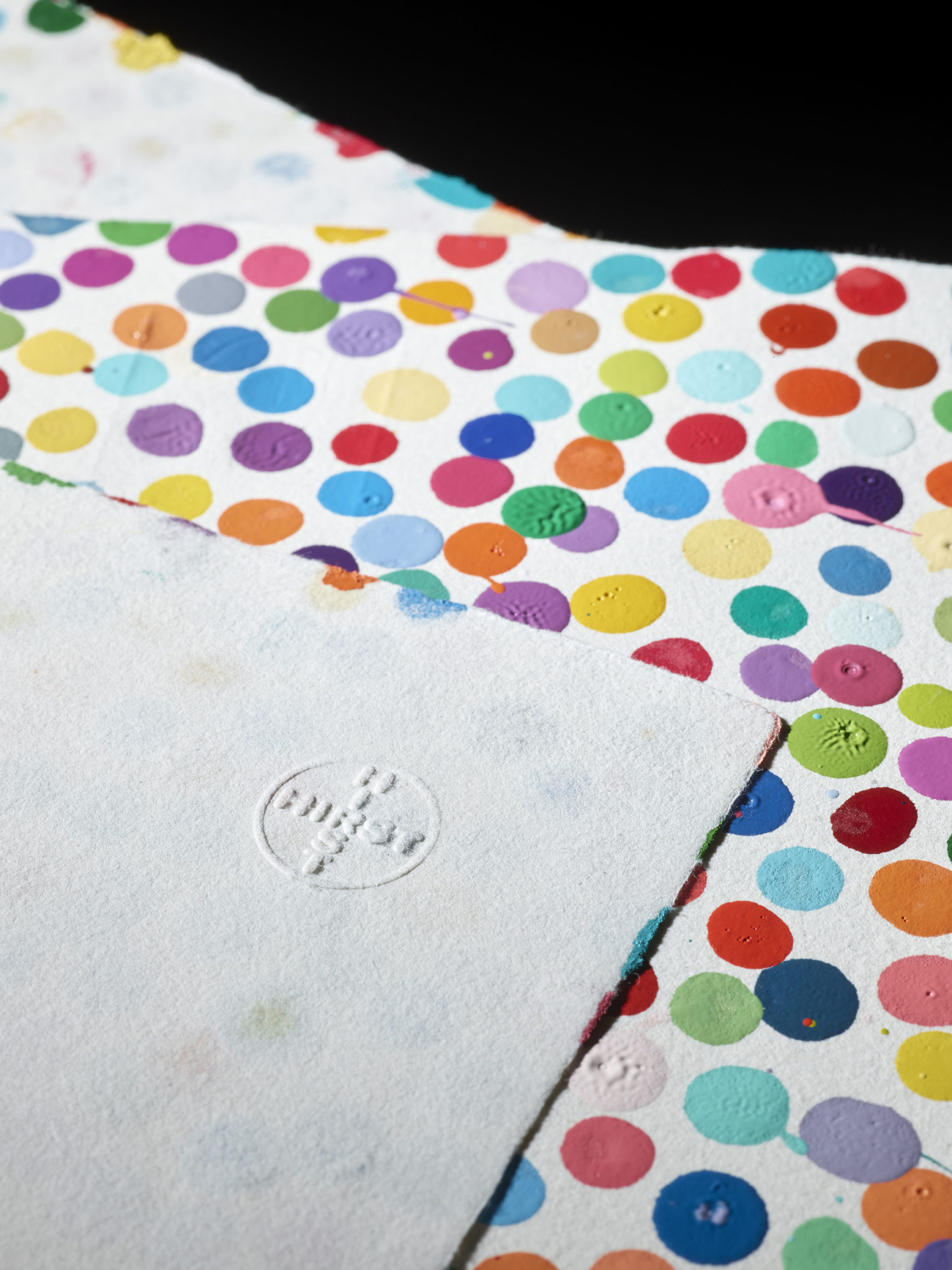 The Currency artworks, 2021; © Damien Hirst and Science Ltd., All rights reserved, DACS 2022, photo by Prudence Cuming Associates Ltd., courtesy of the artist.
The Currency artworks, 2021; © Damien Hirst and Science Ltd., All rights reserved, DACS 2022, photo by Prudence Cuming Associates Ltd., courtesy of the artist.
“Ever since I made the diamond skull I’ve been thinking about wealth and value. I have been working on this artwork for the last five years. It’s been blowing my mind. It explores and challenges the concept of value through money and art,” said Hirst. “The whole project is an artwork, and anyone who buys ‘The Currency’ will participate in this work, it’s not just about owning it. It is the most exciting project I have ever worked on by far.”
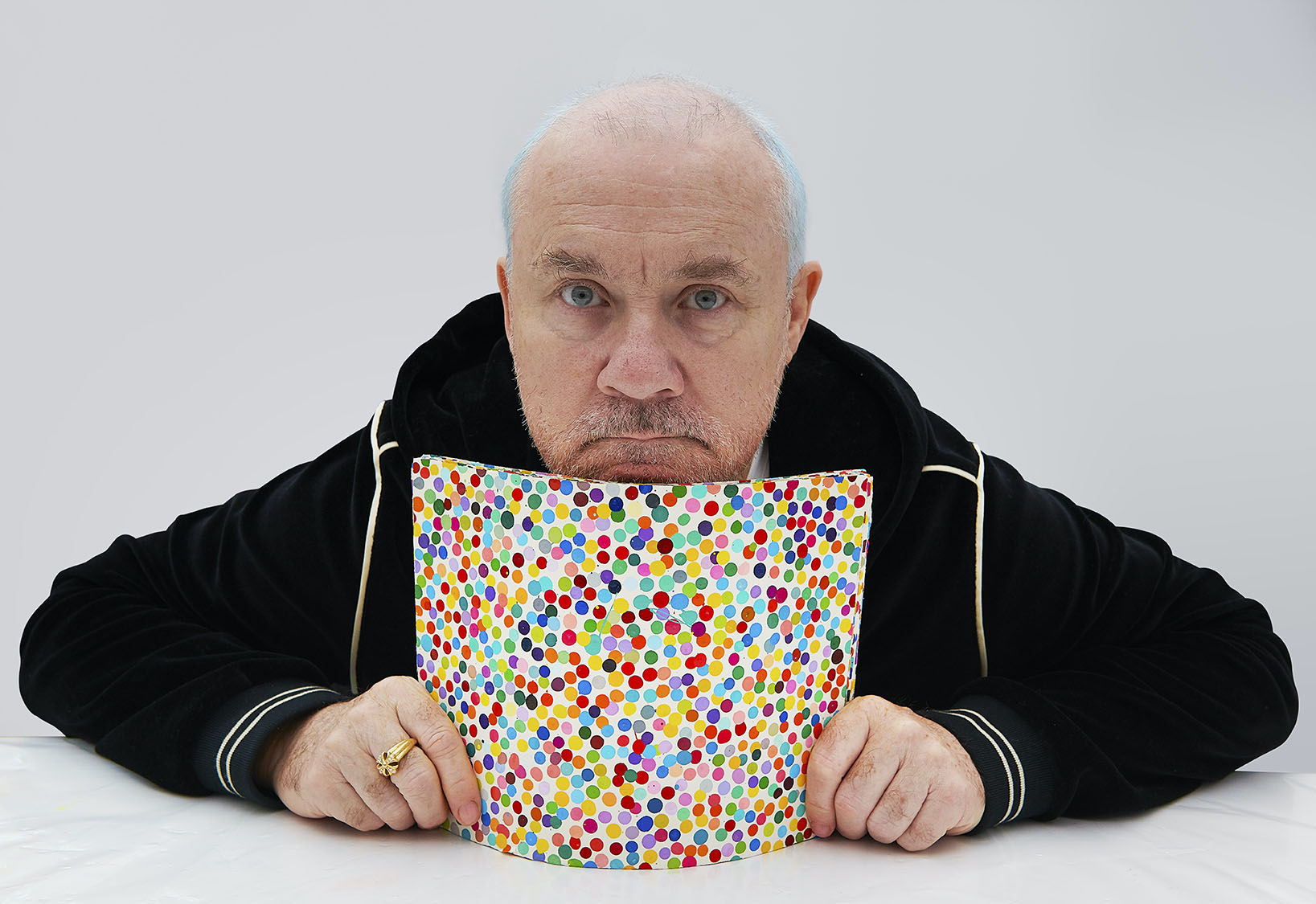 Damien Hirst with The Currency artworks, 2021; © Damien Hirst and Science Ltd., All rights reserved, DACS 2022, photo by Prudence Cuming Associates Ltd., courtesy of the artist.
Damien Hirst with The Currency artworks, 2021; © Damien Hirst and Science Ltd., All rights reserved, DACS 2022, photo by Prudence Cuming Associates Ltd., courtesy of the artist.
The project began in July 2021 when collectors claimed and received the NFTs. They were then given one year to decide either to keep Hirst’s NFT or exchange it for the physical artwork. Concluding on July 27 of this year, the correlating NFT was destroyed, while the correlating physical piece will be destroyed publicly during the exhibition. The physical artworks of The Currency were created by the artist in 2016 and consist of enamel paint on handmade paper. In the dynamic design of multi-colored dots, no hue is repeated twice. Artwork titles were created by artificial intelligence: a machine learning Hirst’s beloved song lyrics.
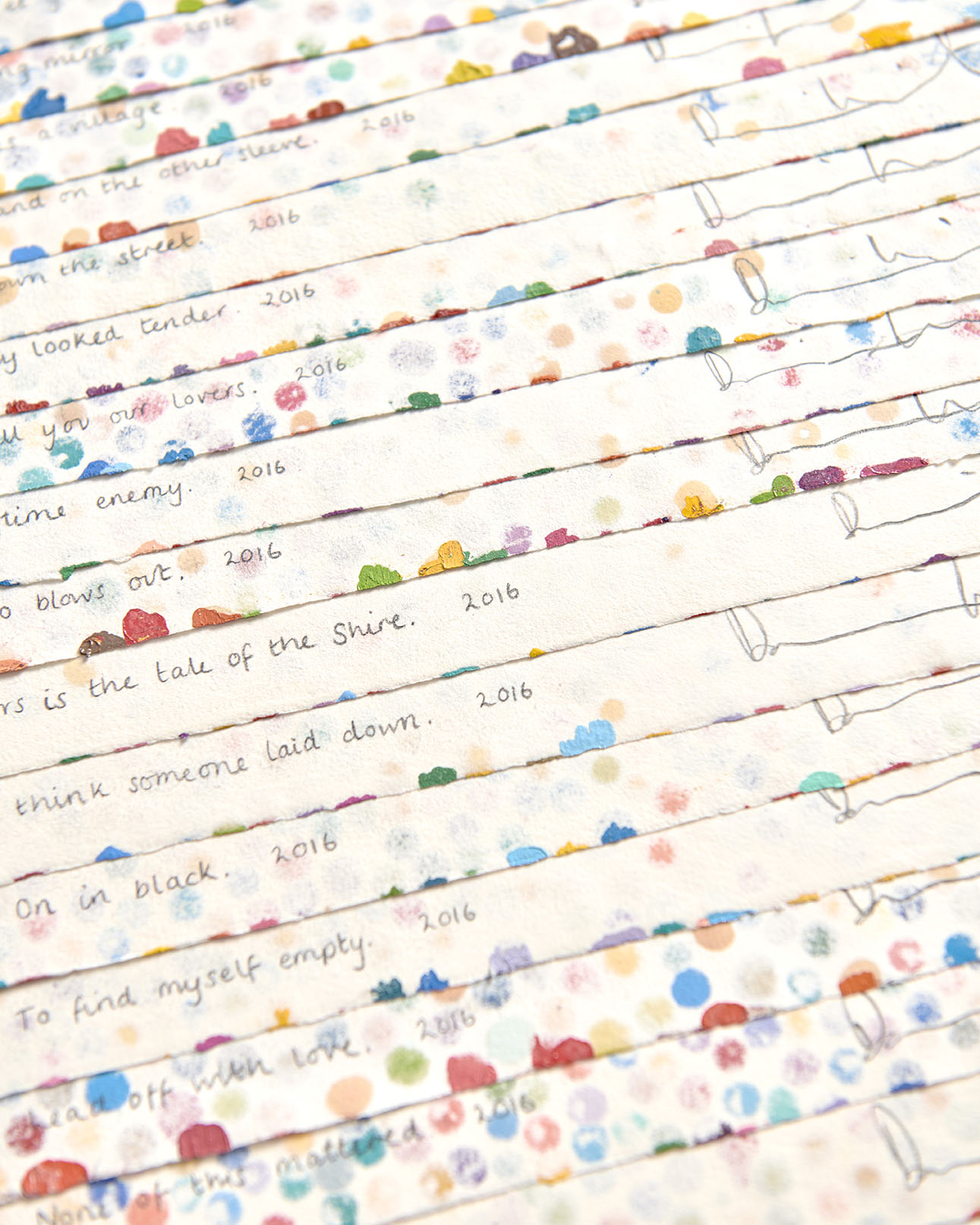 The Currency artworks, 2021; © Damien Hirst and Science Ltd., All rights reserved, DACS 2022, photo by Prudence Cuming Associates Ltd., courtesy of the artist.
The Currency artworks, 2021; © Damien Hirst and Science Ltd., All rights reserved, DACS 2022, photo by Prudence Cuming Associates Ltd., courtesy of the artist.
Since their creation in 1986, the artist’s “Spot Paintings” have seen many iterations and are among the most recognized in contemporary art. The current “Color Space” paintings of “The Currency” diverge from the perfectly symmetrical format and instead express themselves in fluid shapes and organization. The artist has forever been captivated by technology, materiality, and experimentation, from immortalizing animals in vitrine sculptures to exploring avant-garde printing methods. Hirst naturally has now embarked on the creation of NFTs as an intimation examination of value, ownership, and collecting.
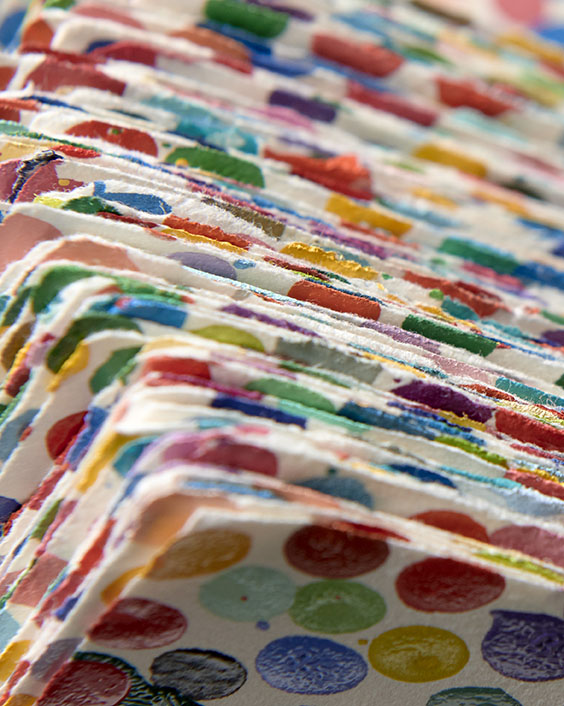 The Currency artworks, 2021; © Damien Hirst and Science Ltd., All rights reserved, DACS 2022, photo by Prudence Cuming Associates Ltd., courtesy of the artist.
The Currency artworks, 2021; © Damien Hirst and Science Ltd., All rights reserved, DACS 2022, photo by Prudence Cuming Associates Ltd., courtesy of the artist.
“Art is a very, very powerful thing,” said Hirst. “At the moment, I believe that art is the most powerful currency in the world by a long way. People’s desire to have art is a lot stronger than people’s desire to have money. In a way, you can take art with you. It might look good on the wall, it inhabits the wall, but it can also inhabit your soul in some way, which money can’t. That’s my story and I’m sticking to it.”
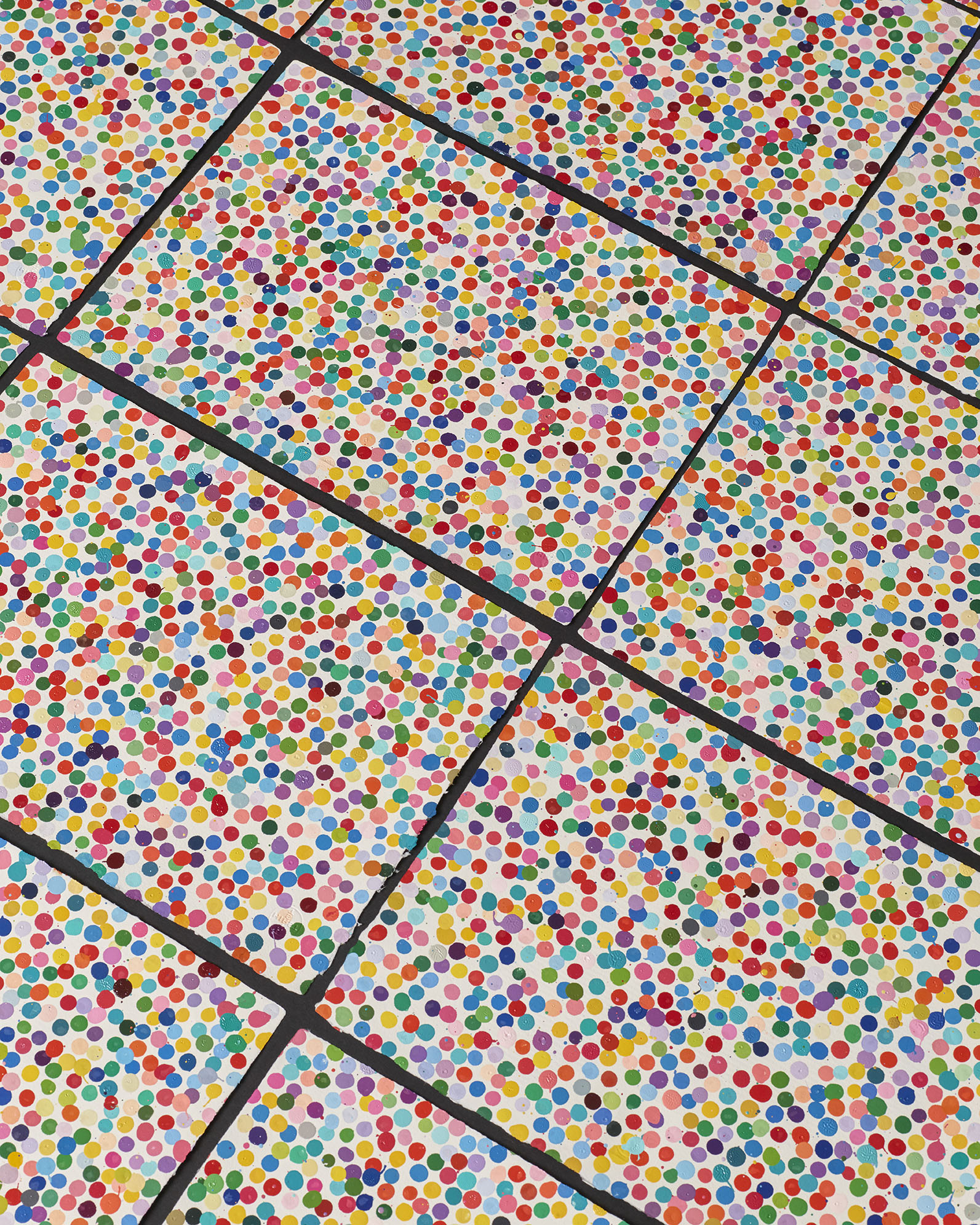 The Currency artworks, 2021; © Damien Hirst and Science Ltd., All rights reserved, DACS 2022, photo by Prudence Cuming Associates Ltd., courtesy of the artist.
The Currency artworks, 2021; © Damien Hirst and Science Ltd., All rights reserved, DACS 2022, photo by Prudence Cuming Associates Ltd., courtesy of the artist.
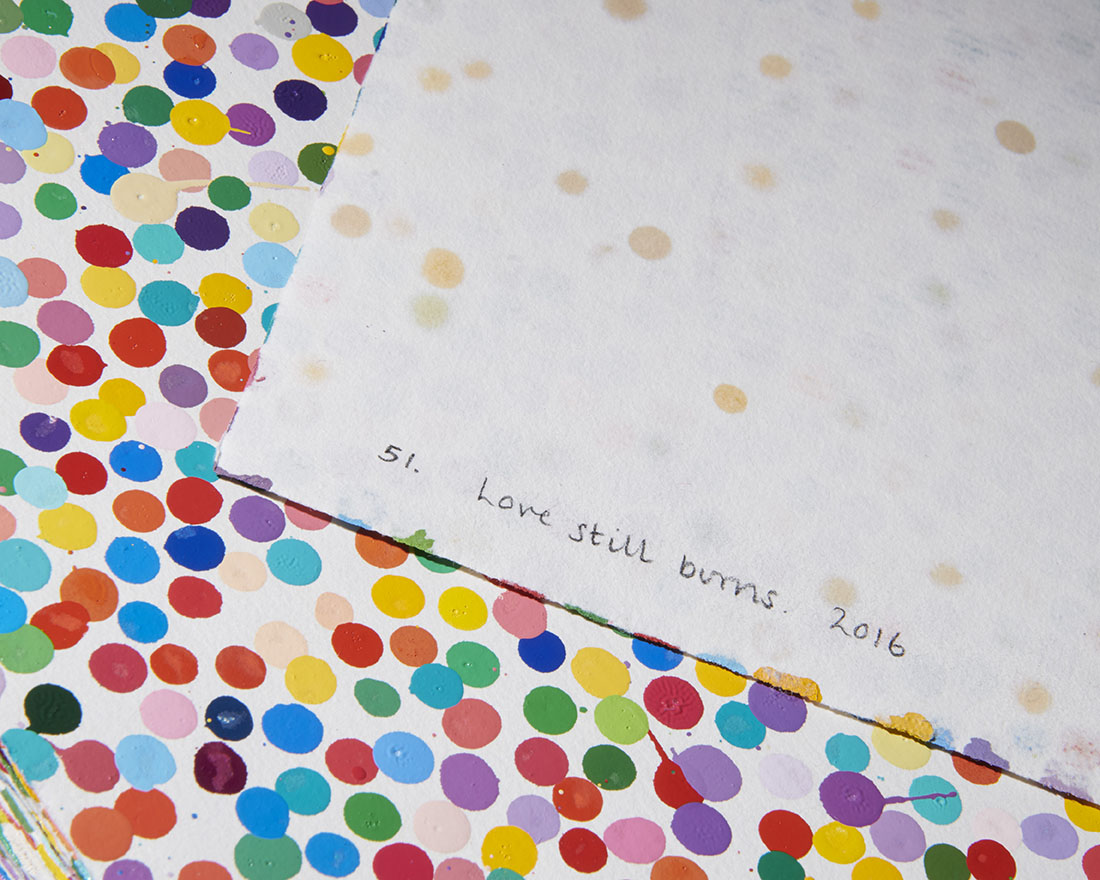 The Currency artworks, 2021; © Damien Hirst and Science Ltd., All rights reserved, DACS 2022, photo by Prudence Cuming Associates Ltd., courtesy of the artist.
The Currency artworks, 2021; © Damien Hirst and Science Ltd., All rights reserved, DACS 2022, photo by Prudence Cuming Associates Ltd., courtesy of the artist.
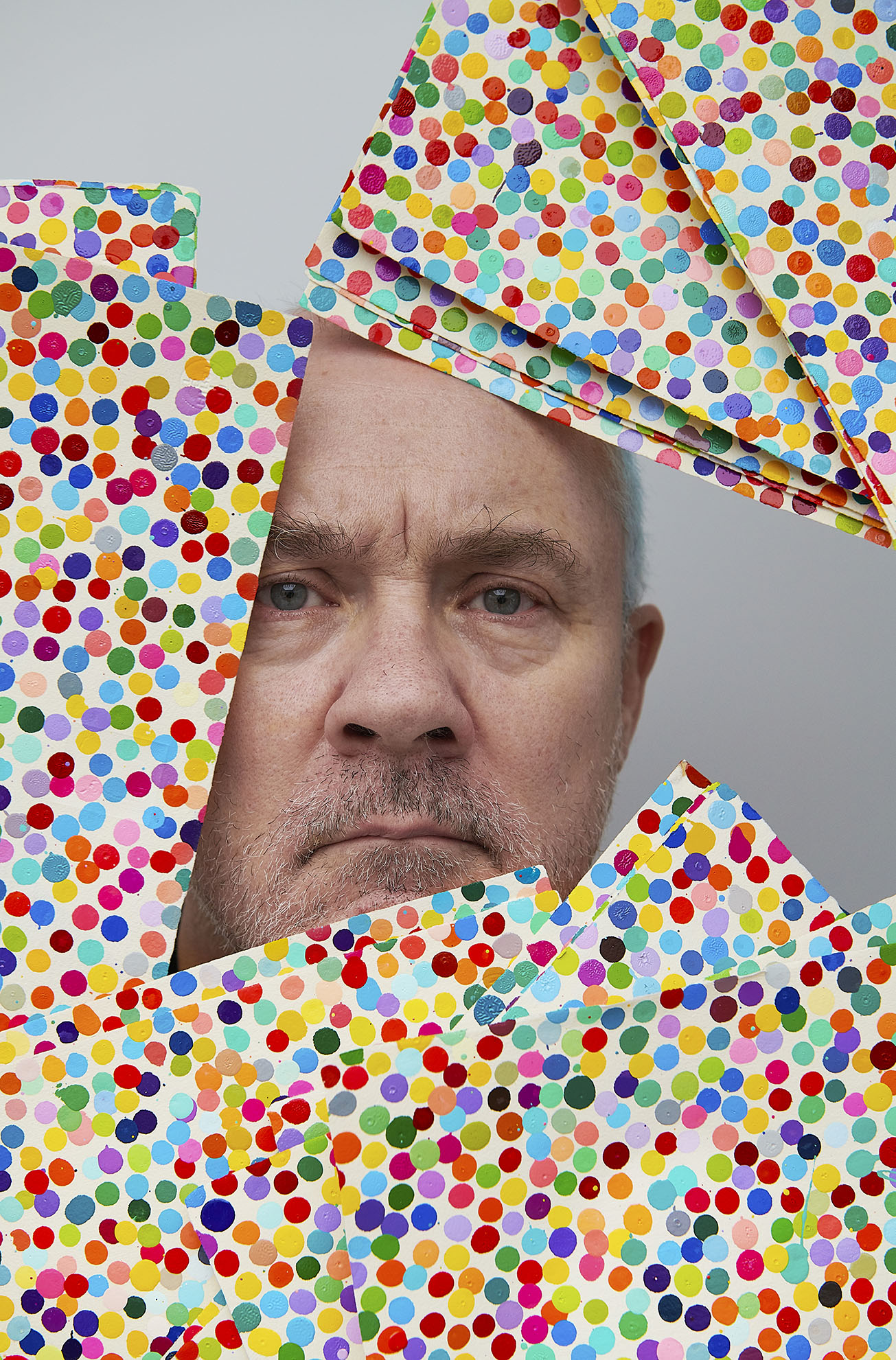 Damien Hirst with The Currency artworks, 2021; © Damien Hirst and Science Ltd., All rights reserved, DACS 2022, photo by Prudence Cuming Associates Ltd., courtesy of the artist.
Damien Hirst with The Currency artworks, 2021; © Damien Hirst and Science Ltd., All rights reserved, DACS 2022, photo by Prudence Cuming Associates Ltd., courtesy of the artist.







